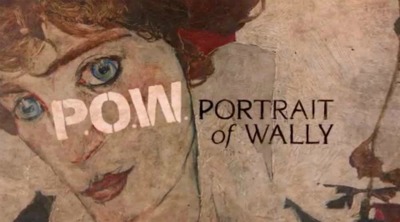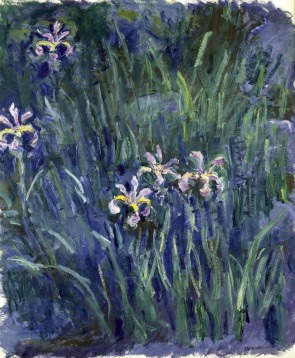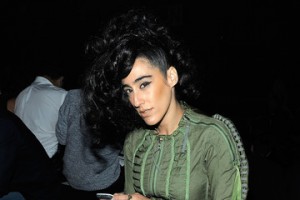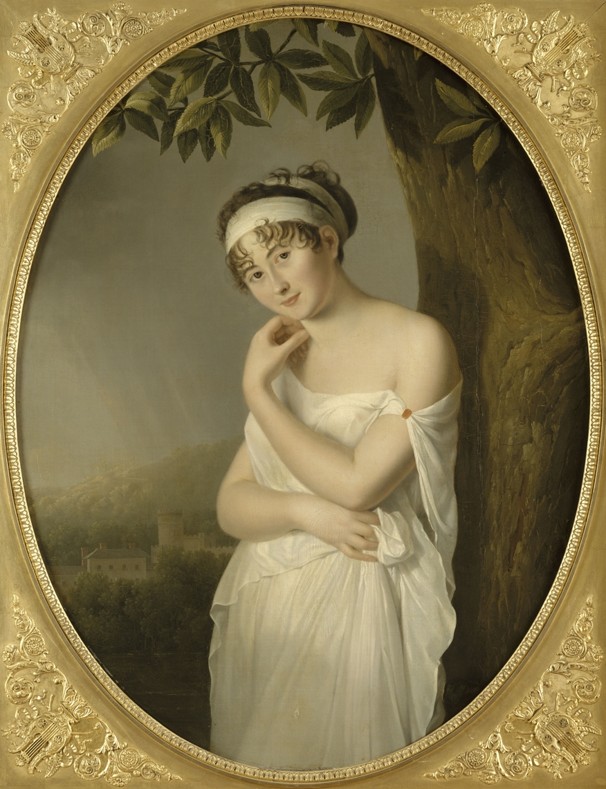When Egon Schiele painted his tender “Portrait of Wally,” his mistress, exactly 100 years ago, I am sure he never imagined her ensuing notoriety – for “Wally,” subject of multi-decade ownership battle,  is again in the news. This time, perhaps, it’s in a good way. A documentary about her case will premiere at the Tribeca Film Festival this weekend.
 To refresh, briefly: Wally is the painting that was on view in 1997 in the Rudolf Leopold collection at the Museum of Modern Art, then claimed by the heirs of Lea Bondi Jaray, because it was seized by a Nazi and then tangled in Austrian collections and politics. The fight for Wally was finally resolved in 2010, with a settlement favoring the heirs.
To refresh, briefly: Wally is the painting that was on view in 1997 in the Rudolf Leopold collection at the Museum of Modern Art, then claimed by the heirs of Lea Bondi Jaray, because it was seized by a Nazi and then tangled in Austrian collections and politics. The fight for Wally was finally resolved in 2010, with a settlement favoring the heirs.
No other restitution case has had as much as an impact on the way we view Nazi art cases as Wally. She changed everything.
I was there at the beginning — it was my article in The New York Times about Leopold that brought her plight to the attention of the world and triggered everything else. But as Jane Kallir, the dealer who tipped me to the Nazi connection at the exhibition opening, says in the film, “That was the beginning of events that I think none of us in our wildest dreams could have anticipated at that moment.â€
How this case came to dominate involves the action of the U.S. government, as I explain in a short opinion piece published today by The Art Newspaper. It also involves, imho, the way MoMA in particular and other museums in general responded to the heirs’ claim — which was to side, without questioning what was right, with the Leopold Collection.
I recommend the film, though it’s not perfect (and I should disclose here that I am in it), not least because it shows that some museums, at least, and some museum people, still have some soul-searching to do. I believe that notwithstanding the fact that some claims for Nazi-looted art have been specious and over-reaching.
I’m also still troubled that much of the rest of the issues I raised in that 1997 article — about the way Leopold “conserved” his paintings and cared for them, or not — were totally overshadowed by the Nazi story. He’s dead now, of course, and his collection is in the hands of professionals. But I’ve always wondered if other collectors are also mistreating art they now own, but which eventually will belong to the ages.
UPDATE, 4/25: I’m happy to report that Howard Spiegler of Herrick, Feinstein, the key lawyer for the Bondi heirs, has reconnected with me and sent along his own article on the ramifications of the Wally case. Here’s a link to it, in Vol. 7 of his firm’s Art & Advocacy. Herrick’s Art Law Group has published such bulletins on its website (here) and a very useful accounting of all resolved World War II-related art claims.






